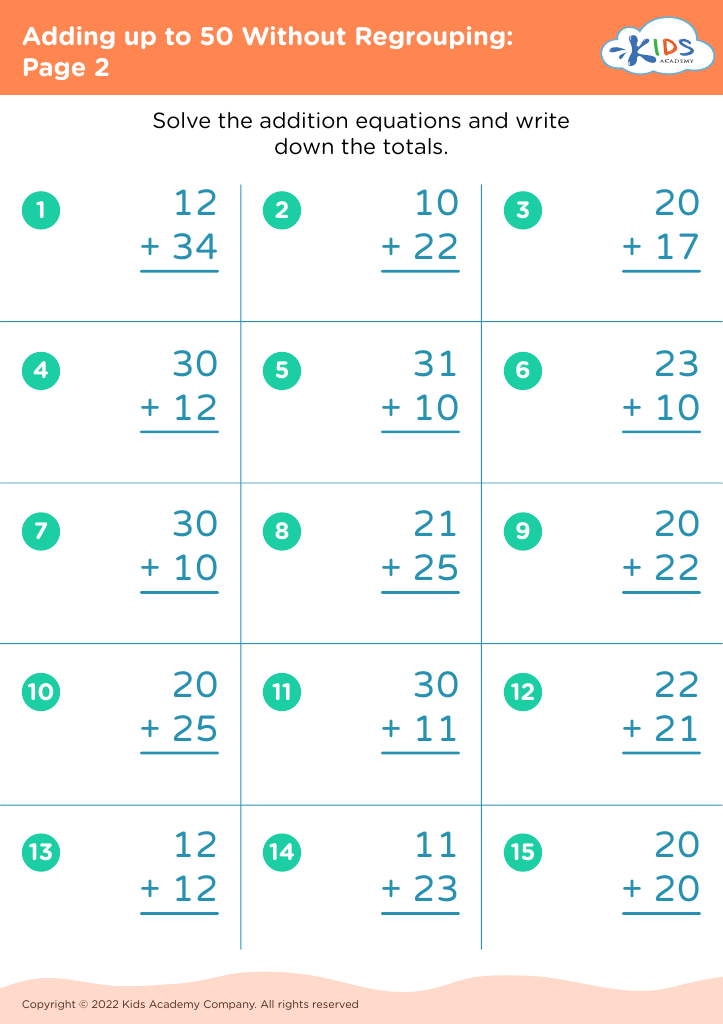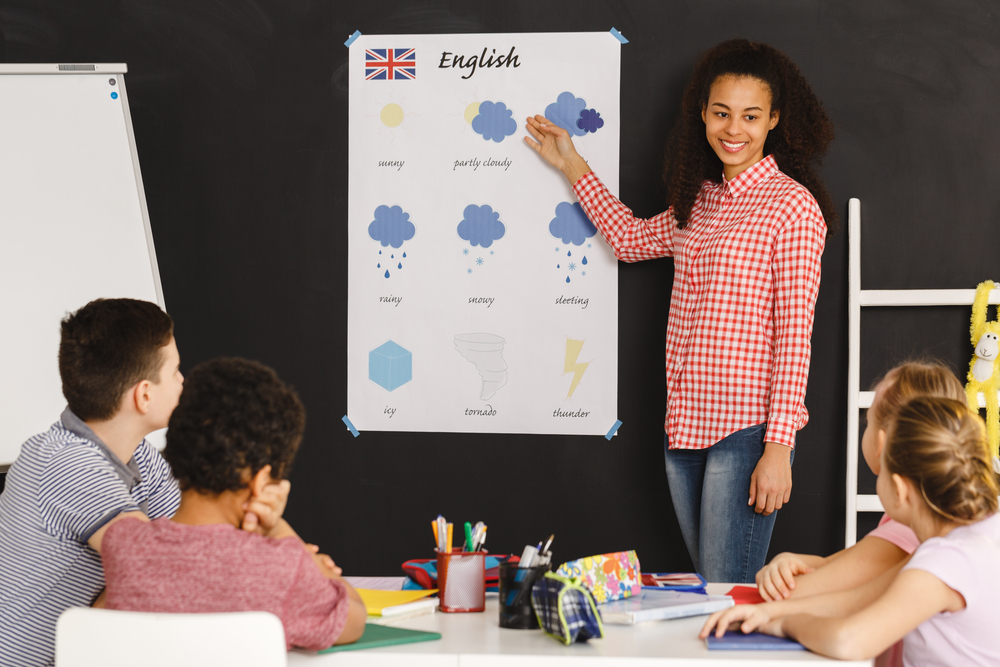Develop number order Worksheets for Kids
1 filtered results
-
From - To
Question/Answer
How to train the Develop number order skill in Grade 2 students learning about Adding up to 50 Without Regrouping?
To train Grade 2 students in developing number order skills for adding up to 50 without regrouping, start with hands-on activities using physical objects or number cards to visually demonstrate addition. Incorporate interactive games that encourage arranging numbers in sequence before adding.
What does the Develop number order skill mean when it comes to Grade 2 Adding up to 50 Without Regrouping learning?
The "Develop number order skill" in the context of Grade 2 Adding up to 50 Without Regrouping refers to helping students understand and practice arranging numbers in a sequence, either ascending or descending. This skill is foundational for recognizing the relationship between numbers, which is crucial for efficiently adding numbers up to 50 without the need for regrouping.
Why is the Develop number order skill important for Grade 2 students?
Developing number order skills is crucial for Grade 2 students because it lays the foundational understanding of mathematics. It helps them grasp basic arithmetic concepts, recognize patterns, and solve problems more efficiently. This skill fosters their ability to compare and sequence numbers, which is essential for higher-level math tasks and everyday situations requiring numerical reasoning.













